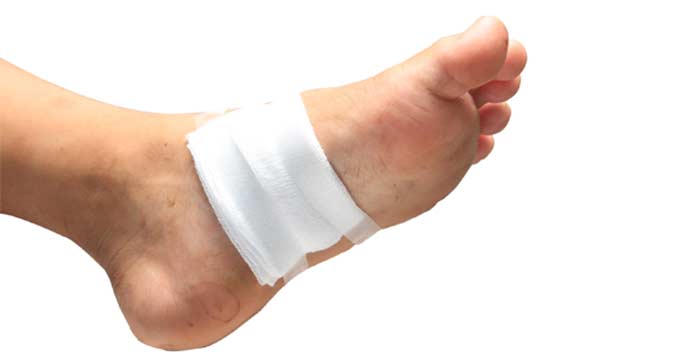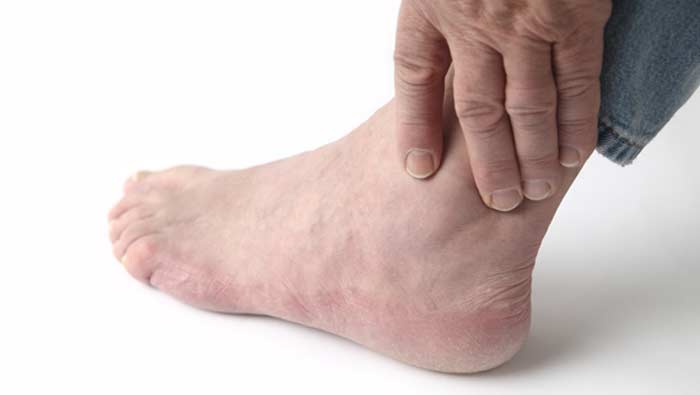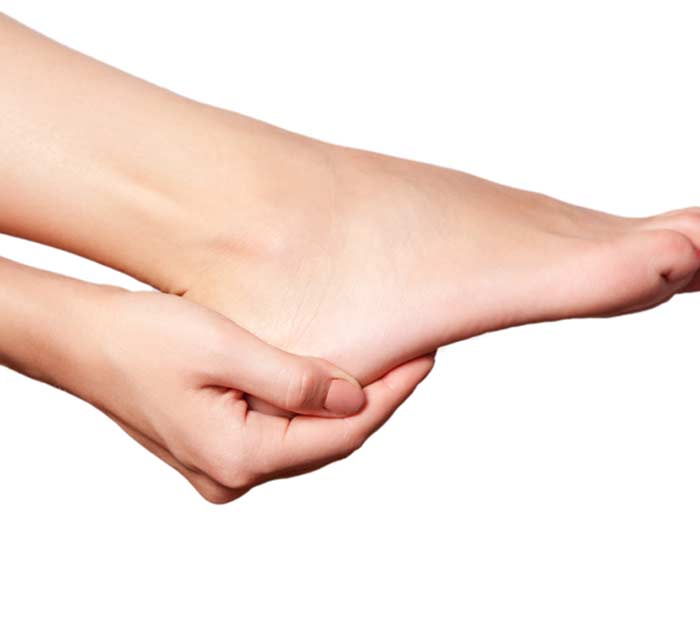
A diabetic ulcer is an open sore that develops, often on the bottom of the foot, in people who have diabetes.
About 15 percent of diabetics will develop these ulcers. About 20 percent of individuals who develop diabetic ulcers will eventually require amputation. Fortunately, with care, diabetic ulcers are preventable.
Causes
Ulcers develop for several reasons. Diabetes can cause circulation problems and lack of sensation in the foot, which leaves the patient more susceptible to skin irritations. Elevated blood glucose levels will limit the body’s infection-fighting capabilities and slow healing time. Because of the lack of sensation, many people don’t realize there is a problem with their foot until they notice discharge on their sock.


Treatment
It is important to visit the doctor at the first sign of a diabetic ulcer. Delaying treatment can result in amputation or death due to the risk of infection. Your doctor’s goals will first be to treat the area to prevent infection and then work on healing the ulcer. If the ulcer is infected, you may require hospitalization during treatment.
There are several steps your doctor will take to prevent the ulcer from becoming infected. It is vitally important that your blood glucose levels remain under control. The wound will need to be cleaned and fresh bandages applied daily. Your doctor will probably discourage you from walking around barefoot.
Another important part of treatment is off-loading the wound. Your doctor will provide you with a brace or recommend you use a special cast, crutches or wheelchair while the wound heals. This will relieve irritation and pressure that would slow the healing process.
Surgical Treatment
The majority of diabetic ulcers can be treated with non-surgical intervention. If an infection develops or worsens, or the ulcer is slow to heal, there are several surgical treatments available. If conditions such as bunions or hammertoes are present, the doctor may recommend surgically shaving them down to remove pressure from the affected area.
Prevention
Diabetic ulcers have a slow and complicated healing process. It is best to prevent them from developing from the start. Regular visits to a podiatrist can catch pressure points before they develop into open sores. These regular doctor’s visits can also help you determine if you are at an increased risk of developing ulcers.
You should also learn the proper way to inspect your feet for early signs of ulceration. Daily inspections can help prevent the development of this painful condition. You need to inspect your entire foot, including between toes, for redness, cracks or any other sign of irritation.
Risk Factors
Circumstances that increase risk include existing foot deformities, such as bunions, poor circulation, neuropathy, uncontrolled blood sugar, wearing inappropriate footwear, and a prior history of foot ulcers. Smoking, drinking alcohol and high cholesterol all increase your risk of developing diabetic ulcers.
Diabetic ulcers can create a devastating cascade of health conditions if you are not careful. Keeping your blood sugar levels low and catching any irritation early are the keys to preventing diabetic ulcers. Properly fitted shoes and socks can go a long way in keeping your feet healthy. It is important to work with your doctor to keep your diabetes under control and prevent diabetic ulcers from developing.
